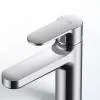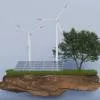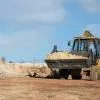Metro-rail spurring business opportunities for the support industry
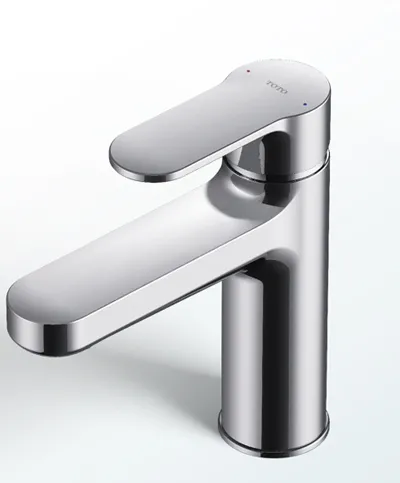
TOTO India Launches Premium G & L Showers with Sleek Faucet Range
TOTO India has launched its G Shower and L Shower series, alongside an expanded range of GT, LH, and Pull-Out lavatory faucets. The collection blends advanced technology, refined aesthetics, and everyday comfort, staying true to TOTO’s philosophy of creating spaces that are both beautiful and functional. The G Shower series delivers the 3Rs of showering: Relaxing, Refreshing, and Revitalizing. Features include the Calming Shawl spray mode, Warm Spa technology, and multiple overhead and hand-shower options across eight finishes. The L Shower complements this with easy-to-use controls sui..
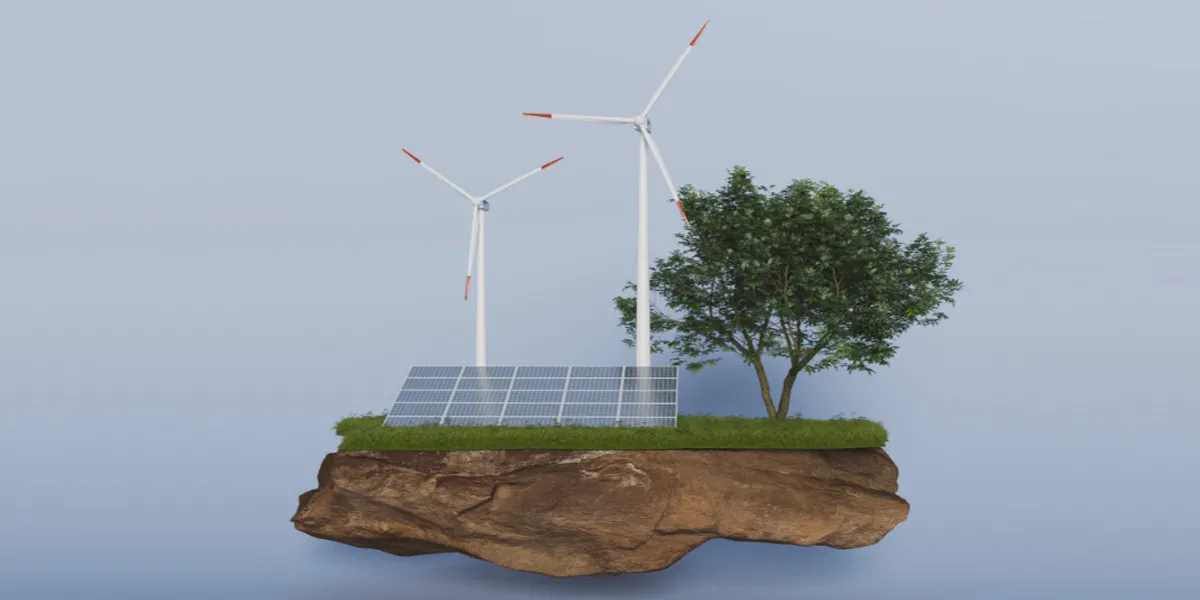
Hero Future Energies Secures Funding for 120 MW Hybrid Project
Hero Future Energies (HFE), through its SPV Clean Renewable Energy Hybrid Three, has secured Rs 19.08 billion in funding from the State Bank of India (lead) and Canara Bank. The funds will be used to develop and construct HFE’s 120 MW renewable energy hybrid project at Kurnool, Andhra Pradesh. The project, contracted with SJVN, integrates wind, solar, and storage technologies to deliver reliable peak power. With a 21-year repayment period, the funding ensures timely execution and the commencement of commercial operations. The financial closure demonstrates continued lender confidence in..
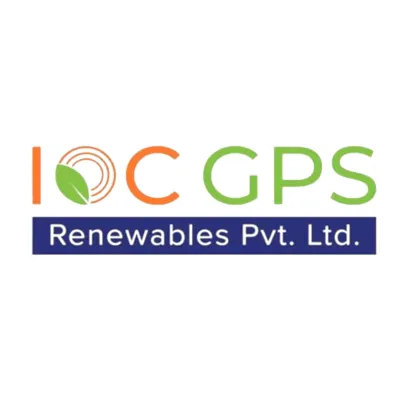
IOC GPS Renewables Raises Rs 8.36 billion Debt for Compressed Biogas Plants
IOC GPS Renewables Private Limited (IGRPL), a joint venture between IndianOil Corporation and GPS Renewables, has raised Rs 8.36 billion (approx. US$ 95 million) in debt financing from Indian Bank to execute nine Compressed Biogas (CBG) projects across India. The funding is the largest single-bank debt raise in the CBG sector and the first fully non-recourse financing in India for these projects. The plants—four in Haryana, three in Uttar Pradesh, one each in Chhattisgarh and Andhra Pradesh—will each produce 15 tonnes of CBG per day using paddy straw as feedstock. All nin..




